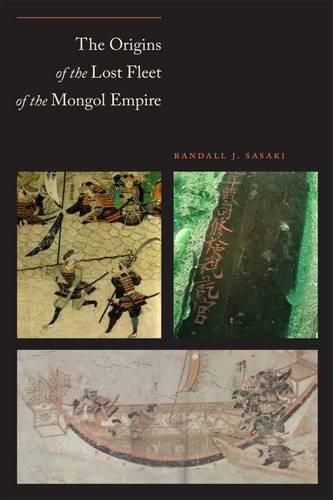Readings Newsletter
Become a Readings Member to make your shopping experience even easier.
Sign in or sign up for free!
You’re not far away from qualifying for FREE standard shipping within Australia
You’ve qualified for FREE standard shipping within Australia
The cart is loading…






In The Origins of the Lost Fleet of the Mongol Empire, Randall Sasaki provides a starting point for understanding the technology of the failed Mongol invasion of Japan in 1281 CE, as well as the history of shipbuilding in East Asia. He has created a timber category database, analyzed methods of joinery, and studied contemporary approaches to shipbuilding in order to ascertain the origins and types of vessels that composed the Mongol fleet.
Although no conclusive statements can be made regarding the origins of the vessels, it appears that historical documents and archaeological evidence correspond well to each other, and that many of the remains analyzed were from smaller vessels built in China’s Yangtze River Valley. Large, V-shaped cargo ships and the Korean vessels probably represent a small portion of the timbers raised at the Takashima shipwreck site.
$9.00 standard shipping within Australia
FREE standard shipping within Australia for orders over $100.00
Express & International shipping calculated at checkout
In The Origins of the Lost Fleet of the Mongol Empire, Randall Sasaki provides a starting point for understanding the technology of the failed Mongol invasion of Japan in 1281 CE, as well as the history of shipbuilding in East Asia. He has created a timber category database, analyzed methods of joinery, and studied contemporary approaches to shipbuilding in order to ascertain the origins and types of vessels that composed the Mongol fleet.
Although no conclusive statements can be made regarding the origins of the vessels, it appears that historical documents and archaeological evidence correspond well to each other, and that many of the remains analyzed were from smaller vessels built in China’s Yangtze River Valley. Large, V-shaped cargo ships and the Korean vessels probably represent a small portion of the timbers raised at the Takashima shipwreck site.